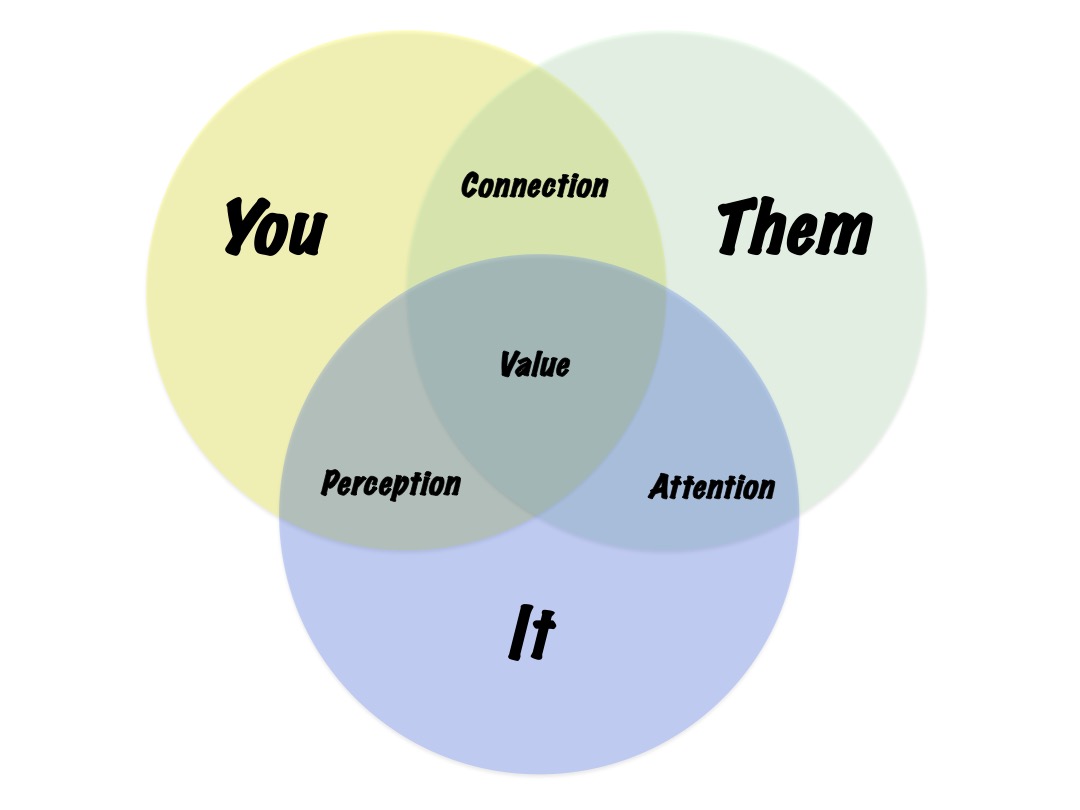How valuable are you to your organisation? Or to your clients? You must add some value, right? Otherwise why would they hire you?
In a disruptive, fast-moving world, what’s valued today is less likely to be the same as what’s valued tomorrow. Consider the plethora of evidence out there to show us that the jobs we used to think of as safe are no longer safe. For example, the rise of the driverless car has huge implications for jobs, and not just for people who drive for a living. Wired Magazine’s founder Kevin Kelly says that if your job, or your workforce, has any element that is about improving efficiency or productivity, that part of it will most likely “go to the robots” in the next few years.
Of course, this pattern has always been with us. We no longer having typing pools, CD stores, or milk delivery to our door. The value that these services provided is now delivered in other ways. As technology and culture evolves, so do we, along with the jobs we do.
In an age of rapid change and disruption, the most successful people and organisations deliberately and constantly pay attention to where and how they add value. This ensures their relevance and sustained longevity in the market. They live the wise words of Albert Einstein:
“Try not to become a person of success, but rather try to become a person of value.”
What does it take to do that?
To my mind, it’s all about deeply understanding and artfully blending three elements: You, Them and It*:

‘You’: the unique talents, perspectives and qualities you bring.
‘Them’: whoever you serve: employers, stakeholders, clients, customers, society at large.
‘It’: the problem or need that’s causing ‘them’ to be willing to pay someone (like you or your organisation) to help them solve it.
You become, and stay, valuable by constantly working the intersections:
Perception: Master the art of seeing what’s really going on. Become an eternal student of your craft and understand the forces that shape it. The broader and deeper your perception of ‘it’, the more you can bring to the table. What are the major forces that are shaping your profession or industry? What do you see that most people don’t?
Attention: ‘They’ will have a certain take on the world, as seen through their preferences, priorities, abilities etc. To be useful to them, you need to understand that take. What is their attention focused on? How could you help them with that? And what part of the broader picture are they not seeing that you could help shed some light on?
Connection: The currency of connection is genuine interest. When you can show someone you get them, and their issues, in ways that highlight your unique relevance, the more likely they will want to keep you around. What can you do more of to make a genuine connection with the people that you serve in a way that makes a significant difference to them?
Something to try:
Recently, I wanted to get a better understanding on how I add value to my clients. So, I decided to email some questions to a few of them that I knew would give me straight-up answers. Here’s what I asked:
- What’s the first thing you think of when you think of me?
- What edge / uniqueness do I bring when we work together?
- How does that make a difference to you?
- What do you consider my unique expertise to be in?
- If you were recommending me, how would you describe me to someone else?
The result? Pure gold. I got rich insights into their take on all three circles and the intersections. It’s affirmed what I think I’m doing well, and uncovered some things I didn’t even acknowledge were valuable. I’ve taken that information and used it to shape what I offer, so I can (hopefully) continue to stay valuable over time.
Try this exercise out with some of the people in your, or your organisation’s, ‘them’ circle. You’ll likely be amazed at what you’ll learn, and it will give you a foundation for you to stay valuable well into the future.
* The ‘You’, ‘Them’ and ‘It’ headings originally came from the very elegant ideas on how to position yourself as outlined in the book ‘Sell Your Thoughts’, by Matt Church, Peter Cook and Scott Stein. I’ve evolved those ideas to create the model you see above.
Like this post? You’re only getting half the story. Sign up to my ‘Fresh Thinking’ newsletter, delivered monthly to your inbox.



4 thoughts on “How to Stay Valuable.”
Comments are closed.